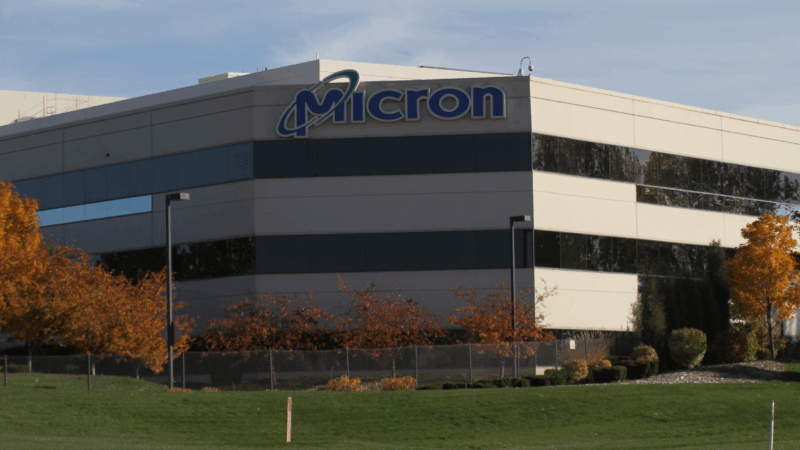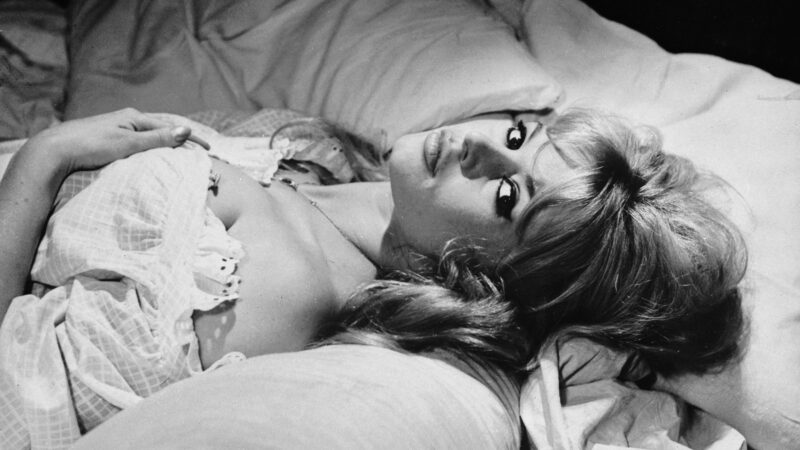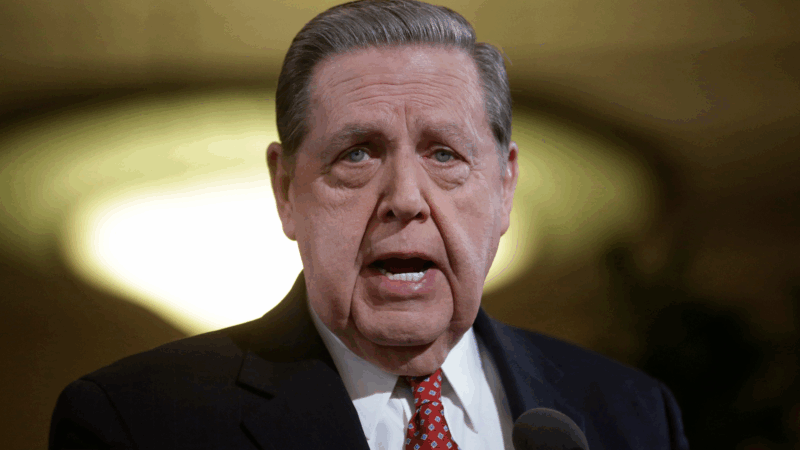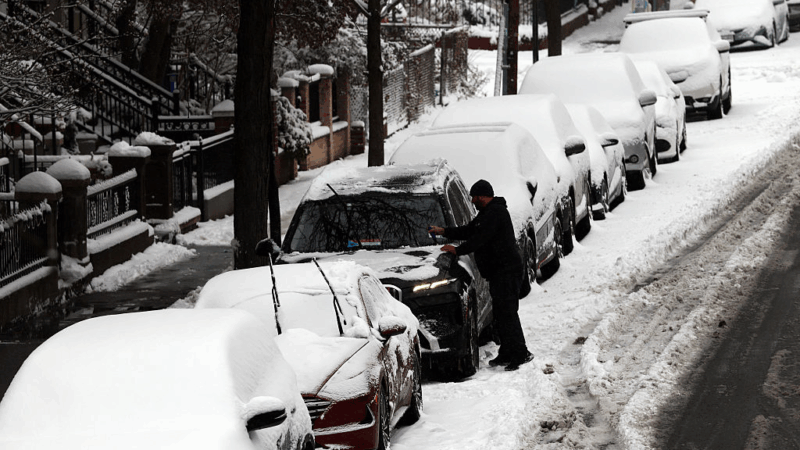Auburn University’s Rural Studio Brings 20K Houses To Hale County
For some residents of Alabama’s Black Belt, good housing can be hard to come by. In Hale County, 30 percent of the population lives below the poverty line — meaning an individual lives on less than $11,670 a year. A group from Auburn University wants to help by designing an efficient and inexpensive house that anyone could afford.
Driving into Hale County, you pass a lot of mobile homes, ramshackle homes with blue-tarped roofs and crumbling chimneys. But down this thin gravel road in Newbern, past a few rusted barns, are two new, brilliantly white houses. They look like the beginning of a subdivision — in the middle of a cow pasture.
Natalie Butts fiddles with the keys and opens the front door of one house.
“So you can see, this is the public space, the one bedroom on one side, and the bathroom and the kitchen in the main room,” Butts explains.
Butts used to be part of Auburn University’s Rural Studio, a project where architecture students design and build homes in Hale County. Now, she’s in charge of Rural Studio’s new venture, the $20,000 House Project – or 20K for short.
This is one of 20K’s prototype homes. Imagine a house shaped like a barbell with a room on either side of a narrow hall. It’s small, only 572 square feet, but cozy.
Andrew Freear, the director of Rural Studio, explains, “What we are really looking for is affordable and modest and at the same time beautiful and energy efficient and sustainable.”
Why $20,000? Freear capped building costs there with the idea that someone on Social Security could own their own home with a $100 monthly mortgage. To Freear, the 20K house is both a design experiment and a social obligation.
“There is no architect, no developer, no contractor, no builder that could afford to do that, so it’s an opportunity,” says Freear. “I do see it as a sort of moral responsibility to do it, no one else can do it.”
But Freear’s an architect, not a banker. Is it even possible — a $20,000 house with a $100 mortgage?
Samuel Clements is a professor of real estate at the University of Alabama. He says he thinks it’s a good idea.
He pulls a calculator out of a drawer and starts punching in numbers. He wants to take a crack at a $20,000 mortgage.
First, he tries a seven-year mortgage, but it’s too high. As is a 15-year mortgage. But 30 years works.
“101 dollars,” Clements announces, “so you could get a 30 year mortgage.”
Clements thinks it would be an attractive risk for a banker.
“Just the fact that it is 20,000 instead of 100,000. That’s less risk, just cause it’s a smaller amount of money,” Clements explains. “If you or I were loaning money, we would much rather lose $20,000 rather than $100,000, right?”
Mortgages for the houses don’t exist — yet. Rural Studio and Freear have challenged Regions Bank to create a mortgage. Regions Bank tells WBHM they’re still working on it.
For Freear, the 20K houses can change how people feel about their lives.
Conner Bailey is a professor of Rural Sociology at Auburn University, and he’s been researching housing in the Black Belt for decades. Bailey thinks, housing is more than just four walls and a roof.
“Its a place where we live,” Bailey says. “There’s a personal dignity involved. Affordable housing, secure housing, is something that everyone should have access to in this country.”
Slowly, Rural Studio is helping to expand that access across Alabama.
Currently three non-profits in Alabama are building the 20K houses to check the designs and to see how potential residents react. Butts says construction will begin in the next few weeks.
Viral global TikToks: A twist on soccer, Tanzania’s Charlie Chaplin, hope in Gaza
TikToks are everywhere (well, except countries like Australia and India, where they've been banned.) We talk to the creators of some of the year's most popular reels from the Global South.
Memory loss: As AI gobbles up chips, prices for devices may rise
Demand for memory chips currently exceeds supply and there's very little chance of that changing any time soon. More chips for AI means less available for other products such as computers and phones and that could drive up those prices too.
Brigitte Bardot, sex goddess of cinema, has died
Legendary screen siren and animal rights activist Brigitte Bardot has died at age 91. The alluring former model starred in numerous movies, often playing the highly sexualized love interest.
For Ukrainians, a nuclear missile museum is a bitter reminder of what the country gave up
The Museum of Strategic Missile Forces tells the story of how Ukraine dismantled its nuclear weapons arsenal after independence in 1991. Today many Ukrainians believe that decision to give up nukes was a mistake.
Jeffrey R. Holland, next in line to lead Church of Jesus Christ of Latter-day Saints, dies at 85
Jeffrey R. Holland led the Quorum of the Twelve Apostles, a key governing body. He was next in line to become the church's president.
Winter storm brings heavy snow and ice to busy holiday travel weekend
A powerful winter storm is impacting parts of the U.S. with major snowfall, ice, and below zero wind chills. The conditions are disrupting holiday travel and could last through next week.








